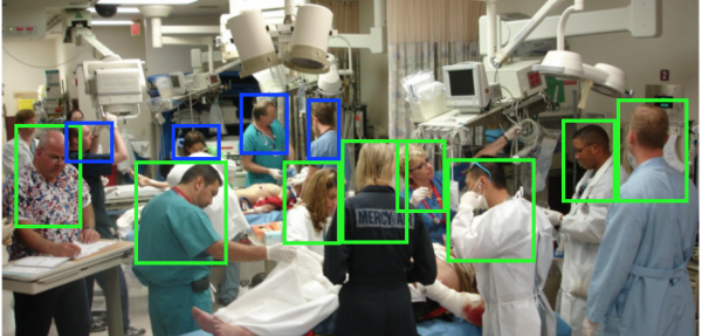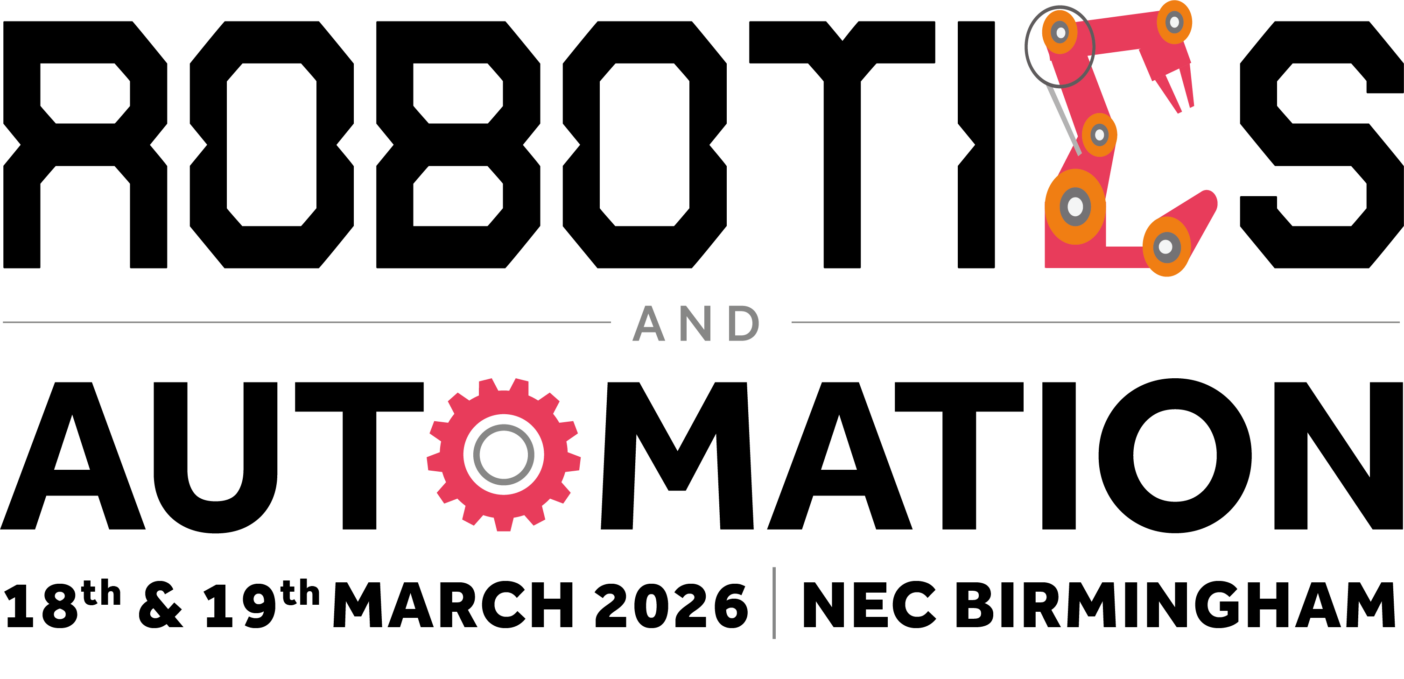Researchers at the University of California, San Diego are developing an AI-based navigation system that will enable robots to better negotiate busy clinical environments, such as A&E wards.
According to the team, the project stemmed from conversations with clinicians over several years, who said that robots would best help physicians, nurses and staff in emergency departments by delivering supplies and materials.
This requires robots to have situational awareness and be able to avoid obstructing clinicians tending to a patient in critical or serious condition.
“To perform these tasks, robots must understand the context of complex hospital environments and the people working around them,” said led author Professor Laurel Riek, who holds appointments both in computer science and emergency medicine at UC San Diego.
The navigation system is built around an algorithm that takes into account how many people are clustered together and how quickly and abruptly these people are moving. This is based on observations of clinicians’ behaviour in the emergency department.
The study found that, when a patient’s condition worsens, a team immediately gathers around them to render aid.
As clinicians’ movements are quick, alert and precise, the navigation system directs the robots to move around these clustered groups of people, staying out of the way.
“Our system was designed to deal with the worst-case scenarios that can happen in the ED,” said student Angelique Taylor, who is part of Riek’s healthcare robotics lab at UC San Diego’s Department of Computer Science and Engineering.
The team said it trained the algorithm on YouTube videos, mostly documentaries clips, with the data set featuring more than 700 videos.
Researchers then tested their algorithm in a simulation environment and compared its performance to other robotic navigation systems.
The team now aims to trial the system on a physical robot within a realistic environment with UC San Diego health researchers who operate the campus’ healthcare training and simulation centre.









